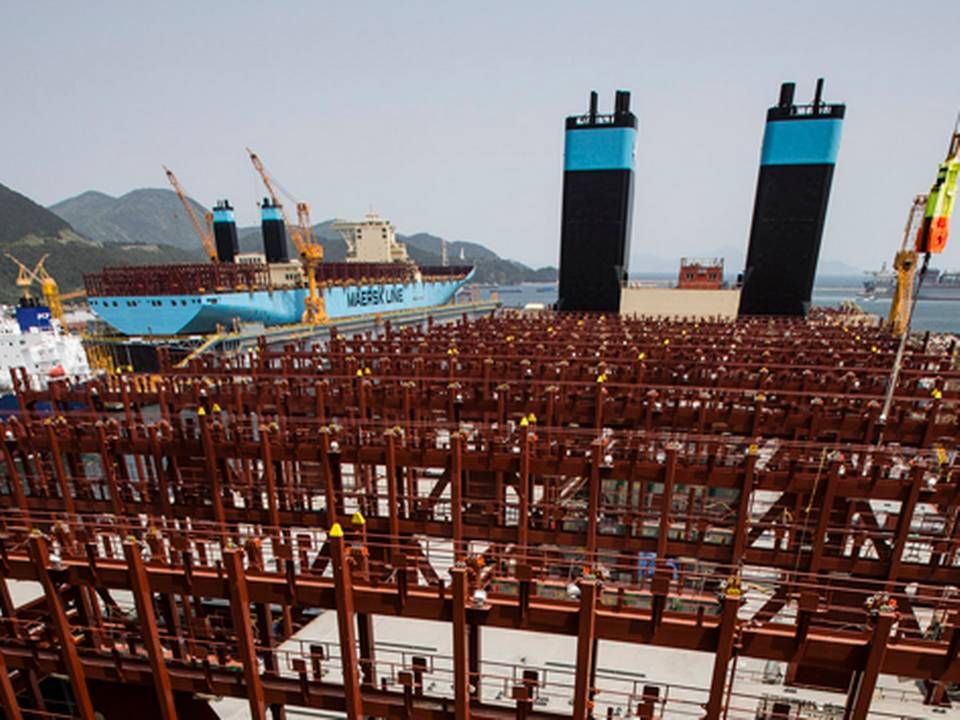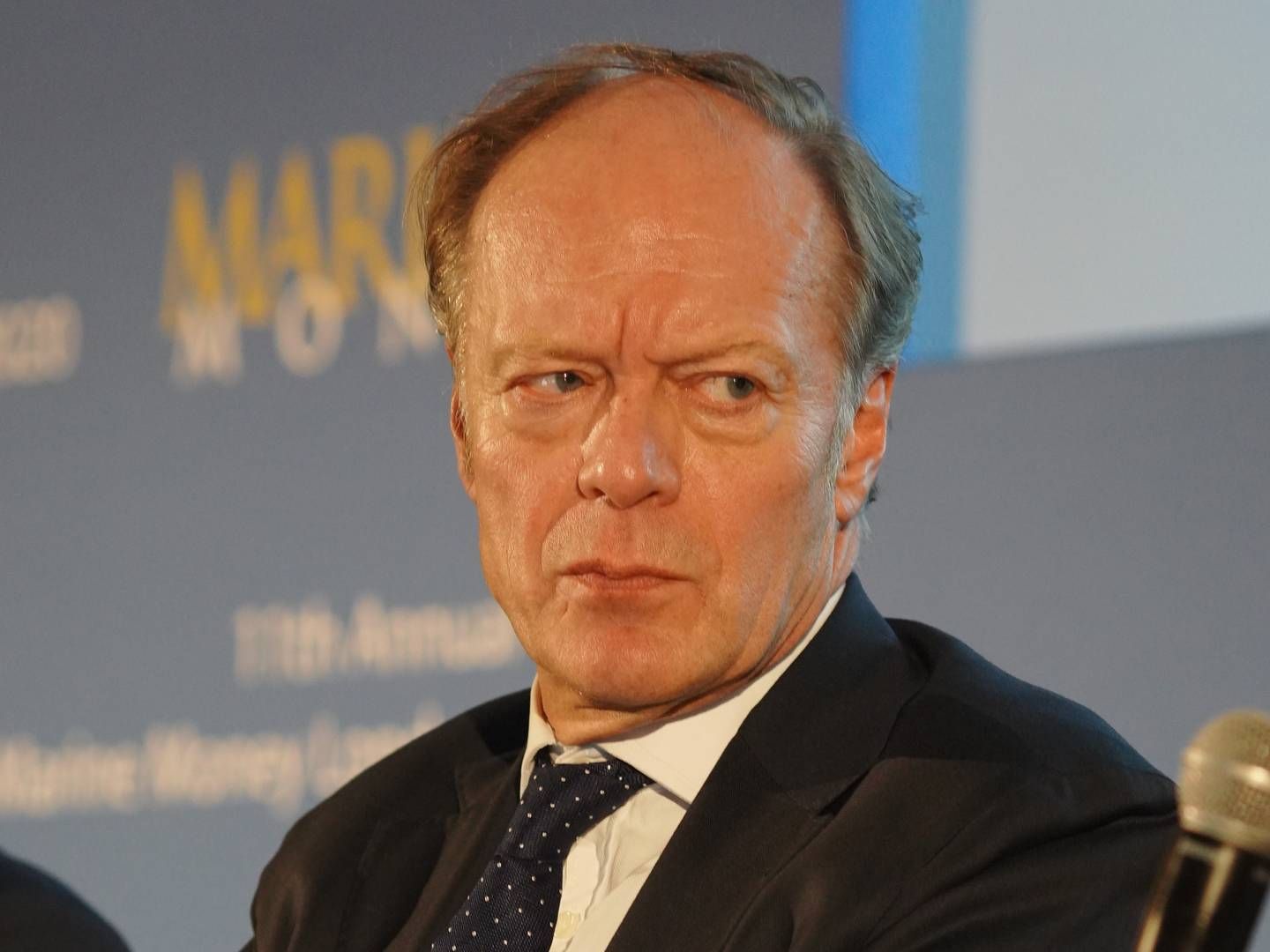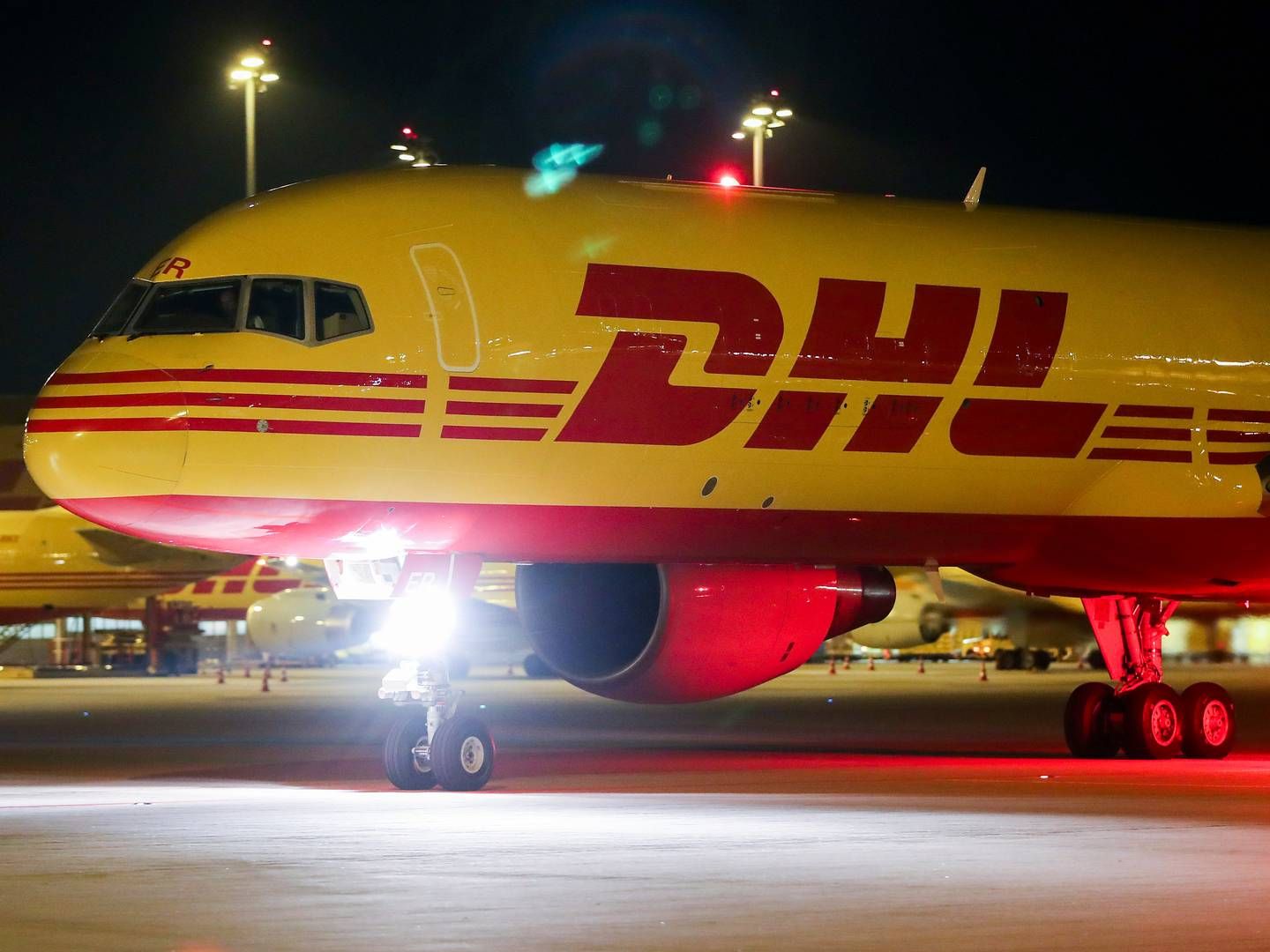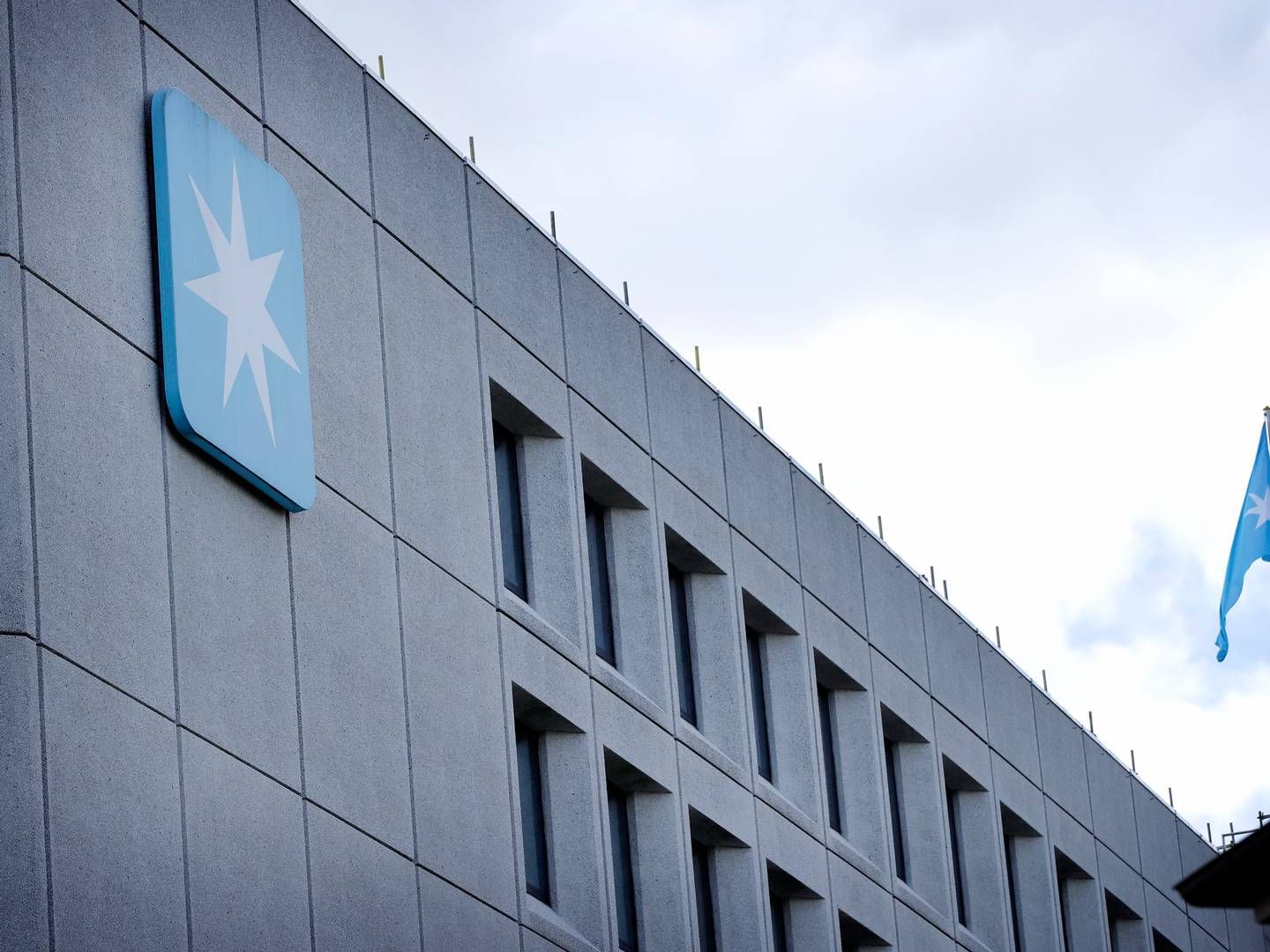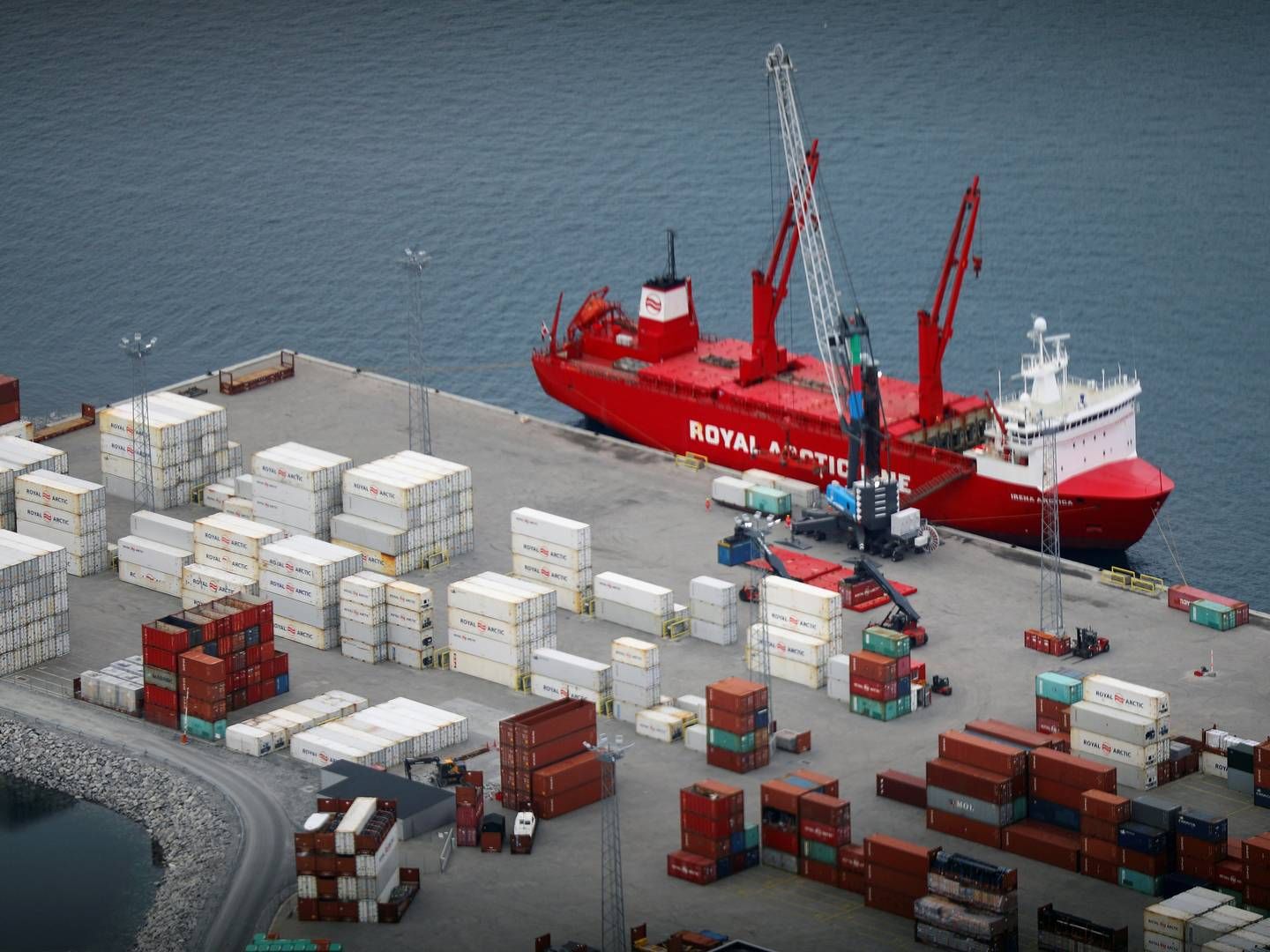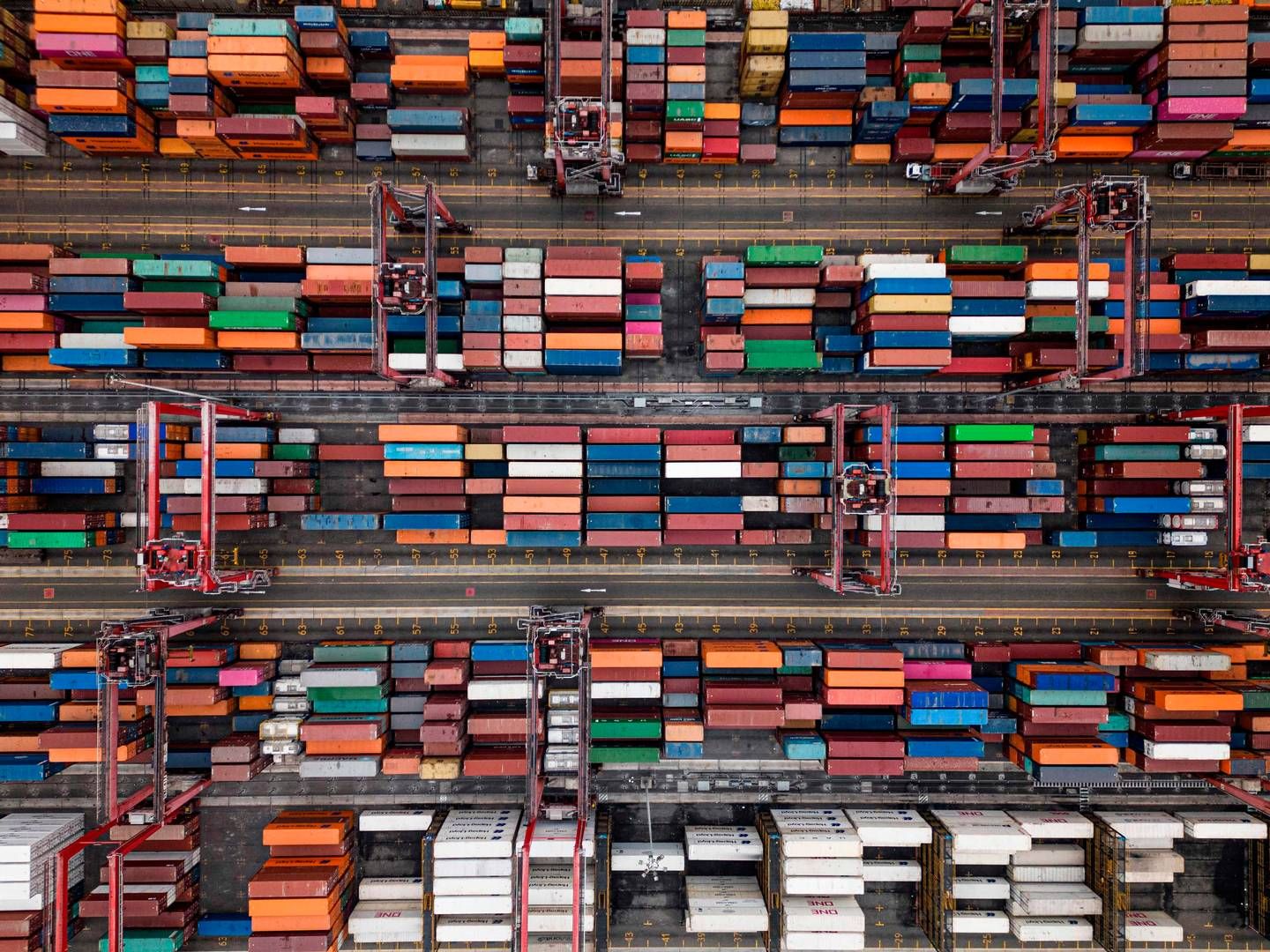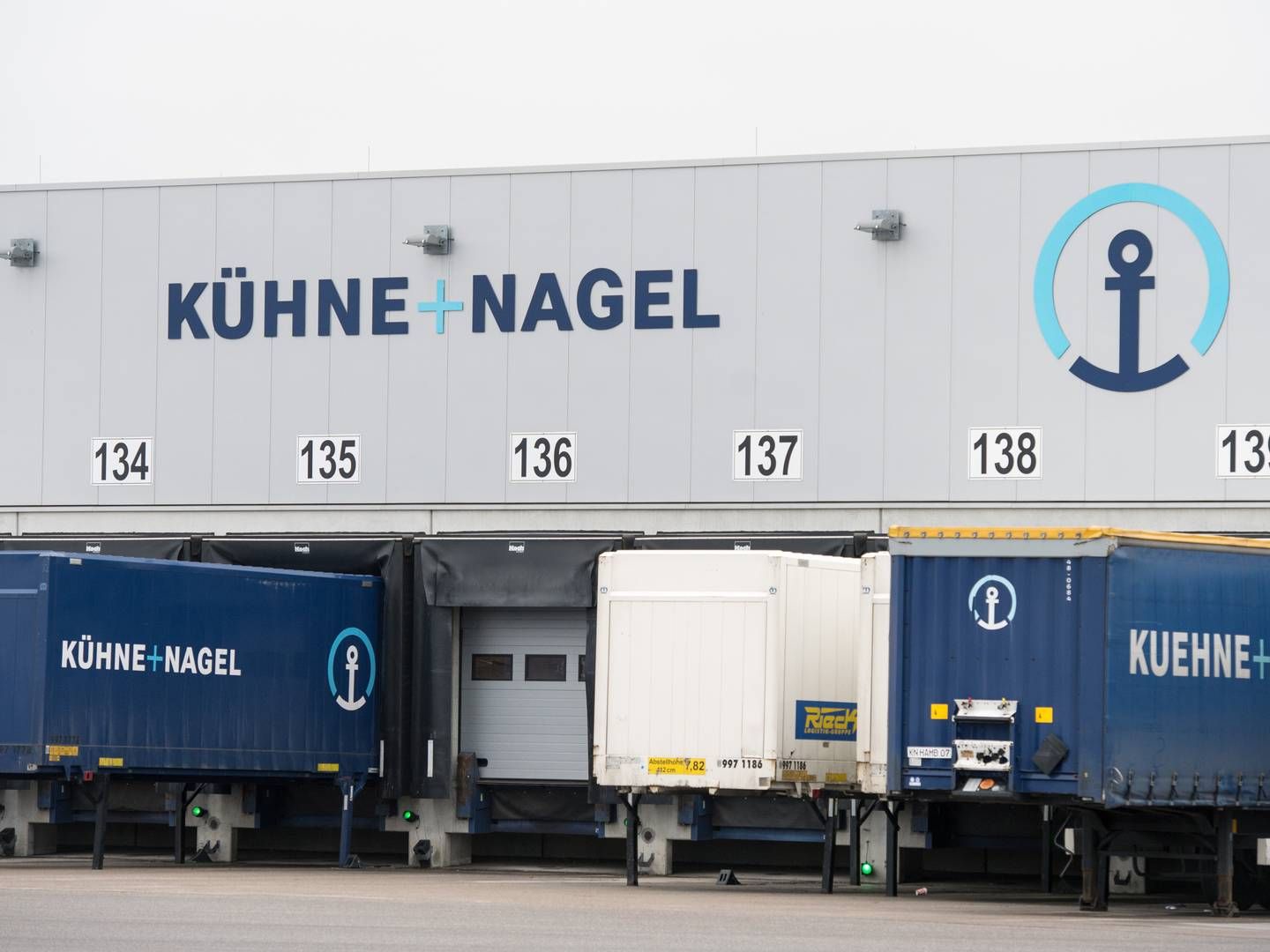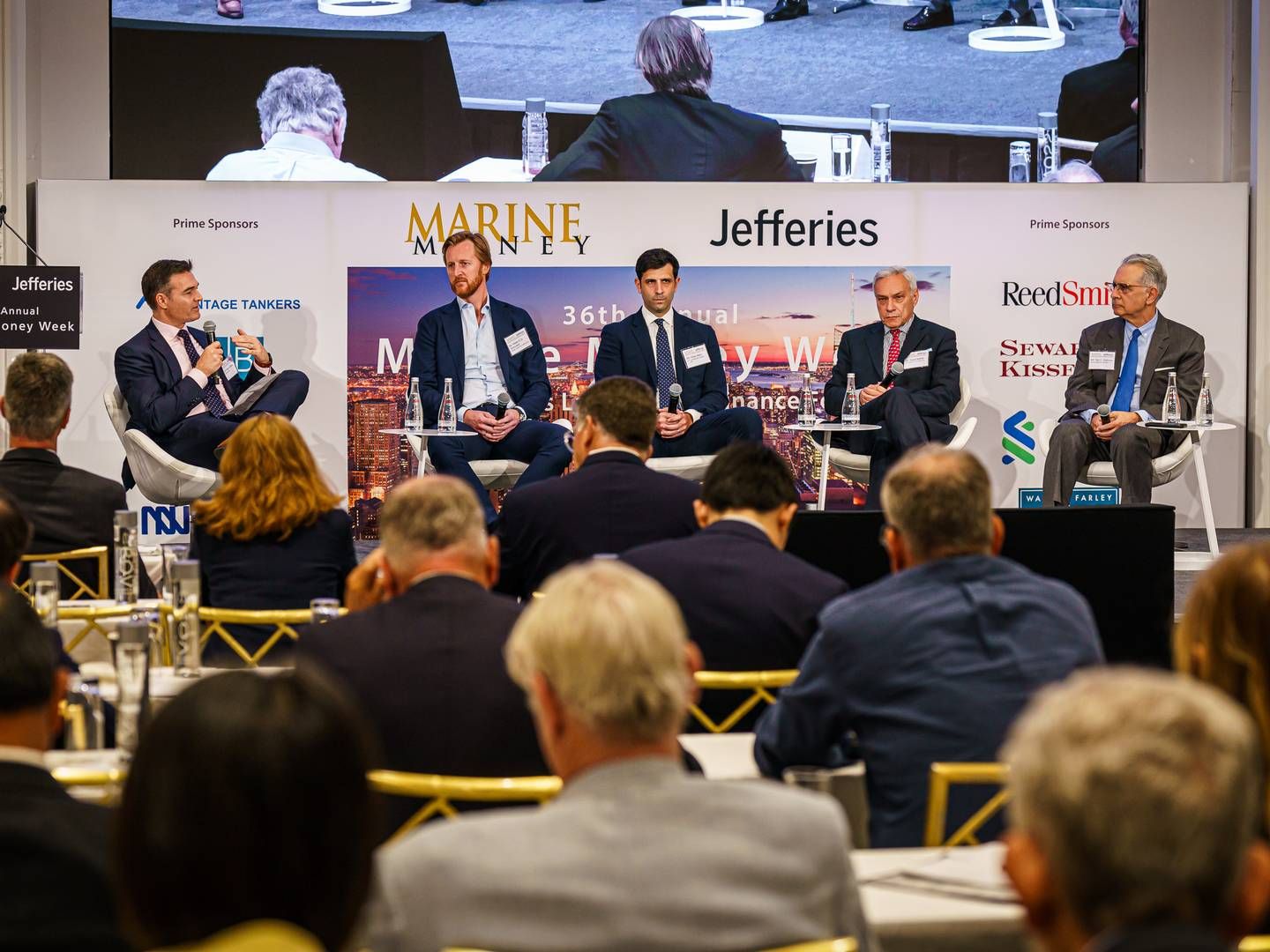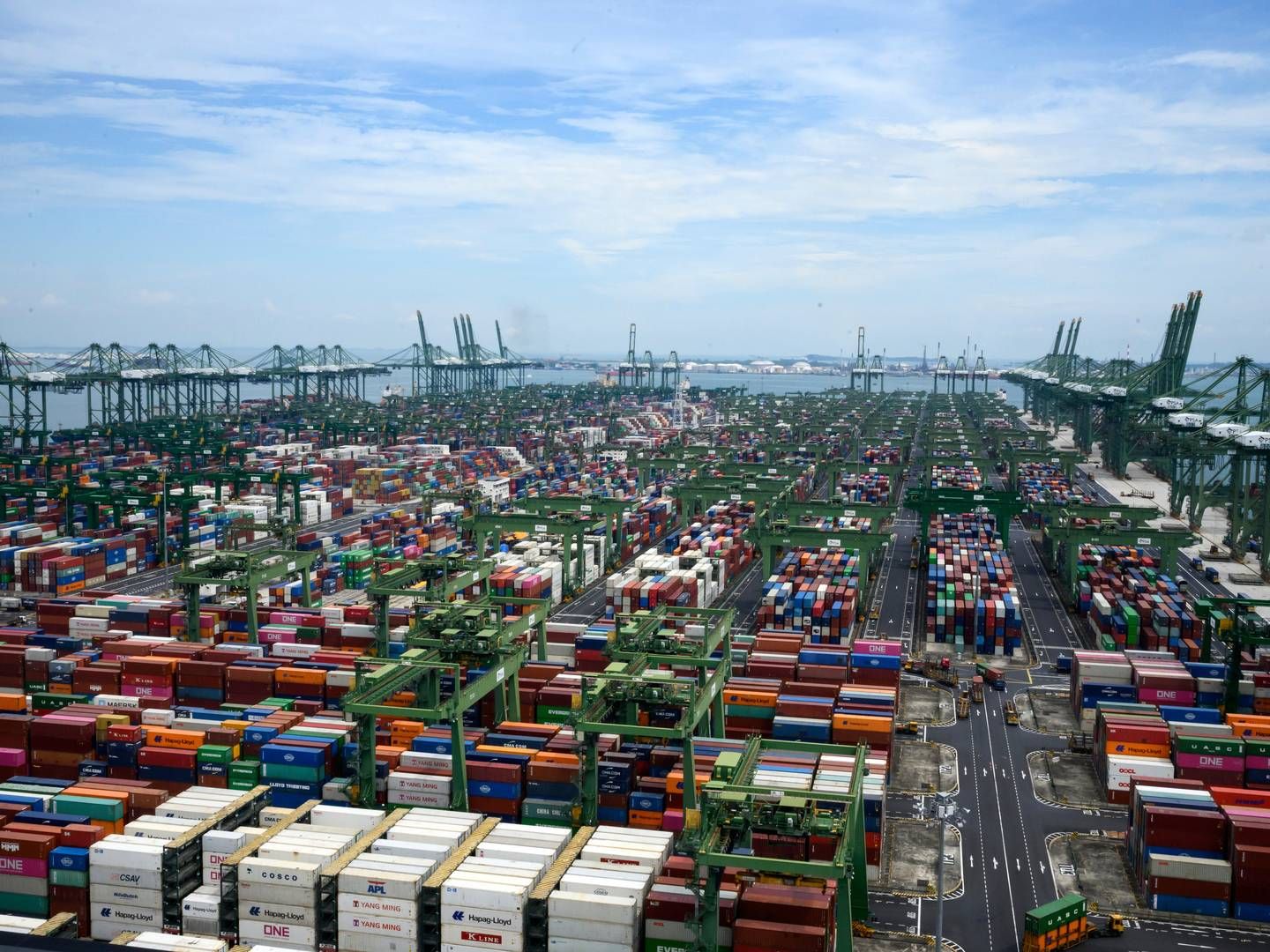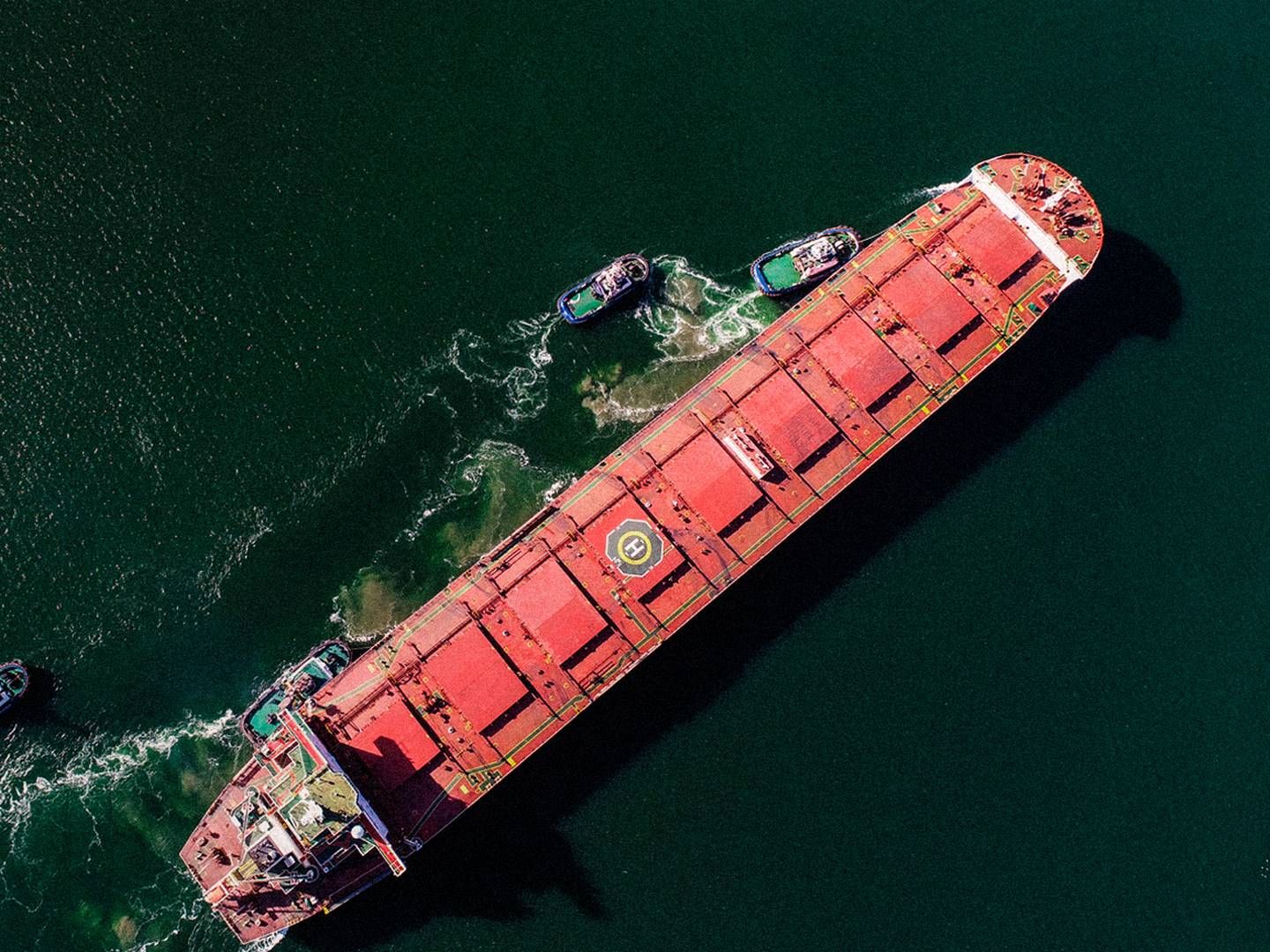Maersk CEO: Price war on Asia-Europe
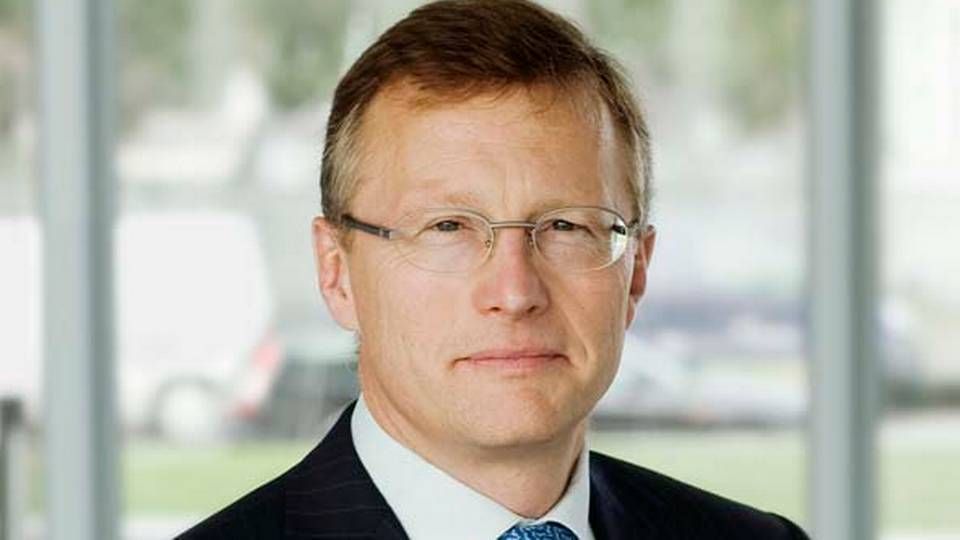
Maersk CEO Nils Smedegaard Andersen admits that the price war is back on the key container route from Asia to Europe, he tells reporters at a conference call following the publication of the financial report for the first quarter.
"We're aware of the fact that there's a price war on the route from Asia to Europe, which has been discussed a lot in recent weeks. We don't know when it'll end, but we have to be prepared for the fact that these things happen in a market suffering from significant overcapacity," says Nils Smedegaard Andersen according to Ritzau Finans, adding:
"We're taking things slow, focusing on improving our competitiveness. If not nothing else, it'll mean that we're in a significantly better position than our competitors in a situation such as this," he says, though he stresses that Maersk Line is not waging a price war, but that the company of course adjusts its prices in order to defend its market shares.
And this constitutes a different approach compared to the Asian carriers, which are aggressors in the new war between Asia and Europe.
"I don't want to point at any players in particular. But where European players have traditionally been the most aggressive parties, the pressure now comes from extra capacity and rate cuts from the Asian carriers," says Nils Smedegaard Andersen, adding:
"The basic challenge is that quite a lot of new tonnage has been inserted into Asia-Europe, and that makes people nervous. The when the market goes down, people tend to overreact, thinking that their market share will get smaller because their profits are declining. And that's when they start to adjust their prices."
Poor financial situation
Indications in the first quarter 2013 show modest improvements in the global demand for container transport, reflecting the poor financial situation in, especially, developed countries, writes Maersk in its financial report for the first quarter 2013.
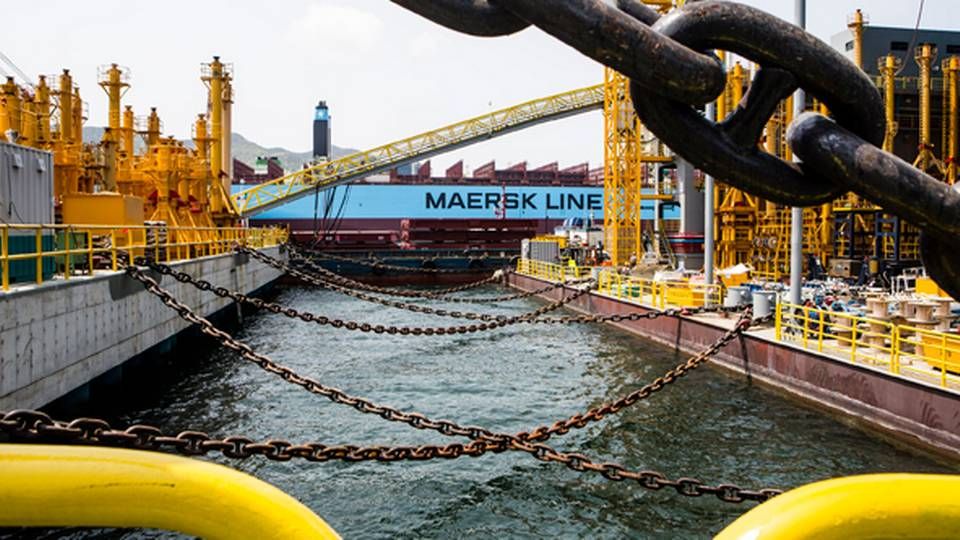
The global container fleet reached a capacity of 16.6 million teu by the end of the first quarter 2013, a 5 percent increase compared to the same period 2012, and 1 percent increase from the end of 2012. The increase in tonnage is caused by new deliveries for 352,000 teu (56) ships as well as a major increase in scrapping, for 127,000 teu.
New orders amounted to a total of 228,000 teu (29) ships and lead to a further decline in the orderbook, down to 20 percent of the existing fleet.
"We expect demand to remain modest in 2013, while capacity will increase significantly. As a result, the container industry will continue to face challenges and controlling the supply will be even more important this year. Idled capacity remained stable, at 5 percent, or 828,000 teu of the global container fleet by the end of the first quarter 2013, versus 809,000 teu by the end of 2012," says the financial report.
Maersk pulls out the most capacity
Maersk Line's fleet capacity has decrease 0.9 percent since the end of 2012, corresponding to a 3.2 percent decline in ships. Idled capacity by the end of the first quarter 2013 amounted to 163,000 teu (28 ships) versus 107,000 teu (21 ships) by the end of 2012, which corresponds to approximately 20 percent of the total idled fleet.
20 ships have been ordered for delivery during 2013-2015, for a total of 360,000 teu. The first five of these 20 Triple-E container ships for the routes between Asia and Europe will be delivered in 2013. No new ships were ordered in the first quarter of 2013.
All in all, this is fourth straight quarter with a profit in a challenging business environment. The level of profitability, however, remains unsatisfactory, states Maersk Line in the financial report.
Maersk Line gets a discount on Triple-E
Maersk CEO: Bad timing for Triple-E
Related articles
Maersk Line gets a discount on Triple-E
For subscribers
Maersk CEO: Bad timing for Triple-E
For subscribers



